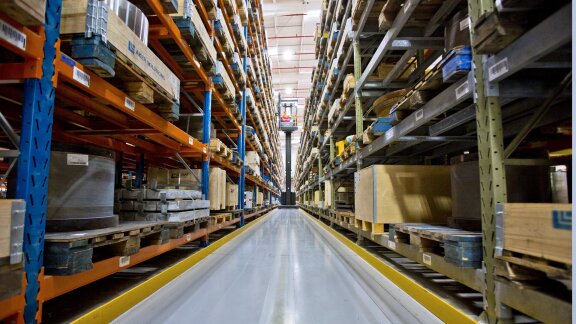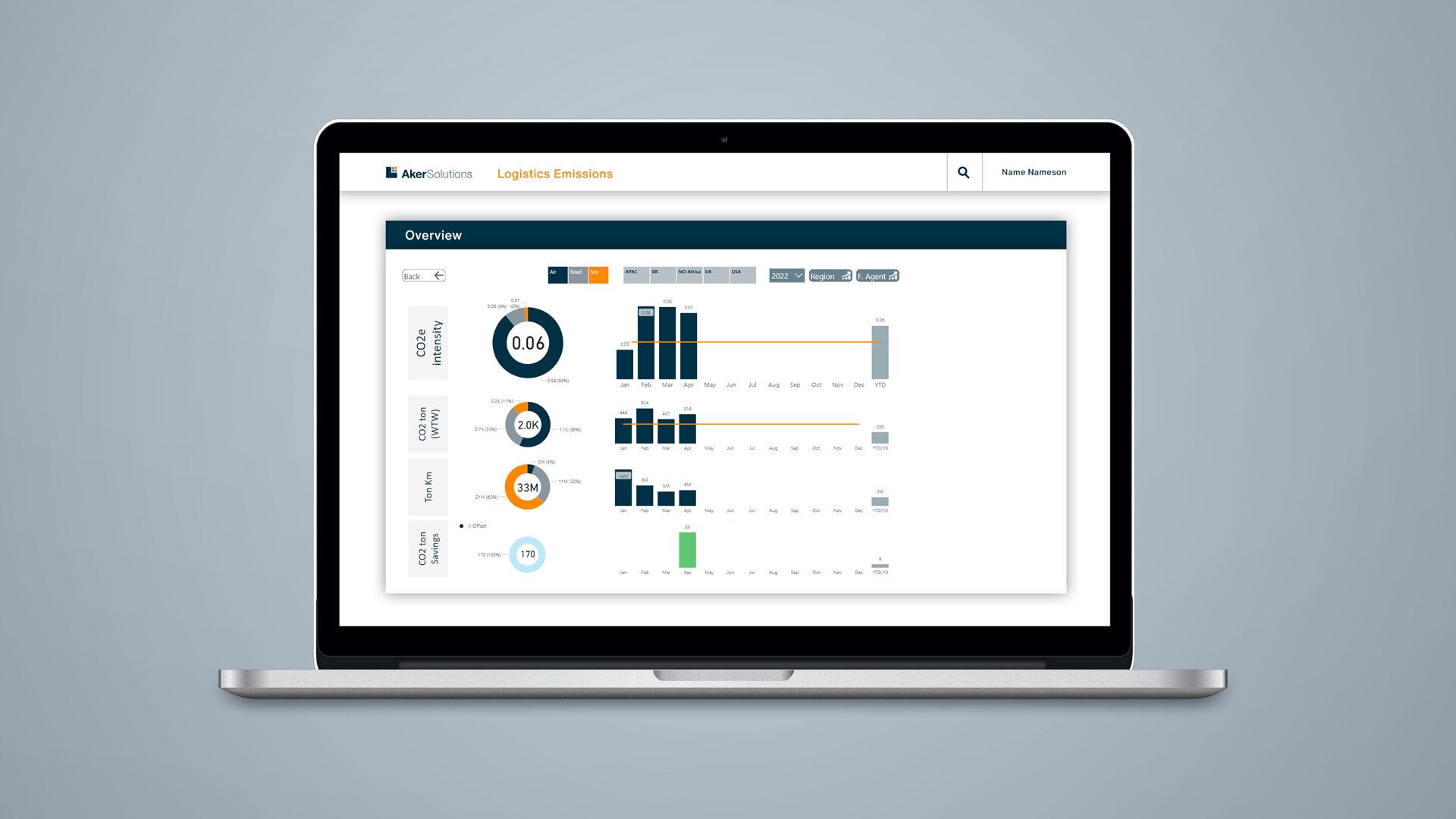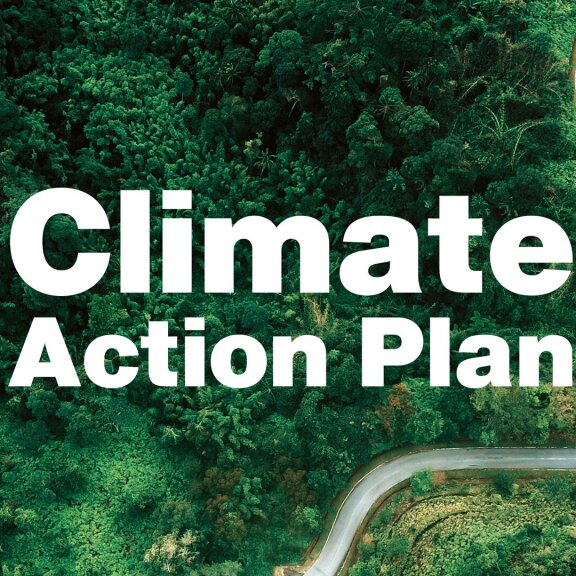Streamlining Supply Chain Emissions Data
May 23, 2022
The freight logistics dashboard provides emissions data to regional managers and other stakeholders for the purpose of enabling decisions to reduce emissions. This includes freight consolidation, choosing between freight agents and transportation mode based on environmental performance and reducing the total number of movements.
Challenge
Supply chain emissions are a significant contributor to Aker Solutions’ environmental performance and form part of the scope 3 emissions based on the GHG Protocol guidelines.
However, access to information across the supply chain is challenging. Lack of clear emissions reporting made it difficult to evaluate the impact of air freight versus shipping, and to compare different freight agents, or even different ships for transporting products around the world. Different logistics companies report emissions in different ways and Aker Solutions needed to sift through the data to develop a common measurement and reporting system that enabled effective management decisions.
 Freight logistics dashboard illustration
Freight logistics dashboard illustration
Freight logistics typically accounts for 10 to 15 percent of scope 3 emissions and therefore focusing on this sector offered an immediate improvement in performance. Managing scope 3 emissions will also enable Aker Solutions to maintain its competitiveness in the marketplace with customers weighing environmental performance of their suppliers along with their commercial terms.
Approach
The first step in the logistics dashboard project was to understand the data and to develop a consistent model for calculations and reporting. This process started with the subsea segment of the company in 2019 and included the work of an emissions specialist to organize the system and transfer knowledge to internal stakeholders. In 2022, the segment updated its measurement method from tank-to-wheel (TTW) to a well-to-wheel (WTW) approach.
Once the reporting system was in place, the project team could focus on decision making to reduce emissions. This included exploring the consolidation of cargo to reduce freight flights, reducing the total number of movements, and connecting with logistics agents to discuss green solutions.
The initial scope of the dashboard project was limited to the subsea segment of the organization and the project can now be expanded to others. Future development being explored is a Logistics Control Tower through EDI connections to monitor real time emissions for cargo as it moves from source to destination.
Outcome
Aker Solutions has already attained significant improvements in supply chain emissions since the launch of the project. The 2021 emissions KPI in the subsea segment was reduced by 15 percent from 2020 levels, but the performance exceeded expectations with a 50 percent saving compared to the target. Although total shipping for the year was also considerably reduced, the project is already demonstrating value. CO2 intensity can also be measured, together with total emissions, as a KPI to eliminate the effect of variations in shipments from year to year and assess the impact of actions being taken to reduce logistics emissions.

The project team has also seen meaningful improvement in the company culture due to access to emissions information. Using this information, significant improvement has been noted in terms of consolidation of loads to minimize the number of movements over the last year.
Aker Solutions is also negotiating with freight agents to develop improvement plans within their own organizations. A key element of these plans is using low carbon solutions, such as hydrogen or biofuel, in the logistics sector.